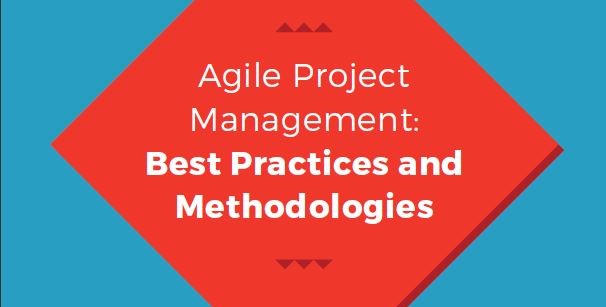
Content:
1.The Art of Project Management
2. Traditional Project Management Methodologies
3. Agile Project Management Methodology
4. Agile Frameworks
4.1 Scrum: roles, sprints and artifacts
4.2 Kanban: comprehensive solution to handling work in progress
4.3 Lean: eliminating waste in software engineering
5. Agile Software Engineering Best Practices: Extreme Programming
Agile project management focuses on continuous improvement, scope flexibility, team input, and delivering essential quality products. Agile project management approaches include scrum as a framework, extreme programming (XP) for building in quality up front, and lean thinking to eliminate waste.
Download also:
Download also:
- Agile Project Plan Template
- Agile Project Management for PMP's
- IT Project Management: Waterfall vs. Agile
- An Introduction to Agile Project Management
- Agile Project Management and the Real World
- Agile Project Management: Scrum & Sprint Demystified
- Agile Project Management with Kanban: Eric Brechner Presentation
THE 12 AGILE PRINCIPLES
The Principles behind the Agile Manifesto commonly referred to as the 12 Agile Principles are a set of guiding concepts that support project teams in implementing agile projects. Use these principles as a litmus test to determine whether or not you’re being agile in your project work and thinking:
- Our highest priority is to satisfy the customer through early and continuous delivery of valuable software.
- Welcome changing requirements, even late in development. Agile processes harness change for the customer’s competitive advantage.
- Deliver working software frequently, from a couple of weeks to a couple of months, with a preference to the shorter timescale. Business people and developers must work together daily throughout the project.
- Build projects around motivated individuals. Give them the environment and support they need, and trust them to get the job done.
- The most efficient and effective method of conveying information to and within a development team is face-to-face conversation.
- Working software is the primary measure of progress.
- Agile processes promote sustainable development.
- The sponsors, developers, and users should be able to maintain a constant pace indefinitely.
- Continuous attention to technical excellence and good design enhances agility.
- Simplicity — the art of maximizing the amount of work not done — is essential.
- The best architectures, requirements, and designs emerge from self-organizing teams.
- At regular intervals, the team reflects on how to become more effective, then tunes and adjusts its behavior accordingly.








0 Comment: